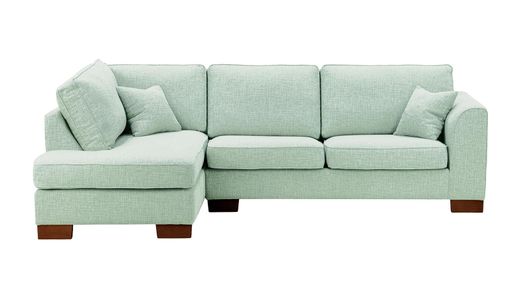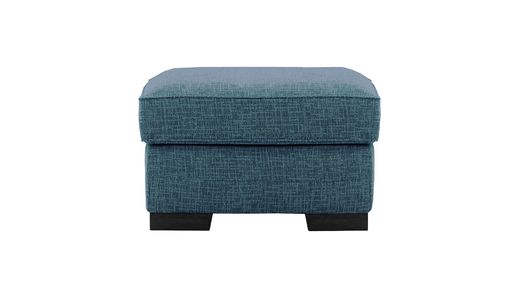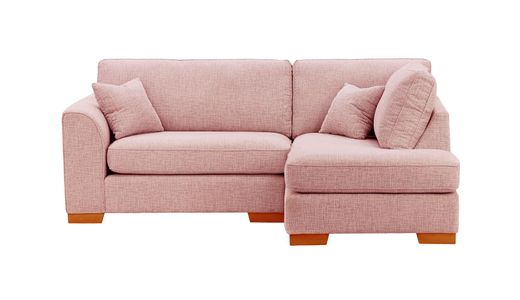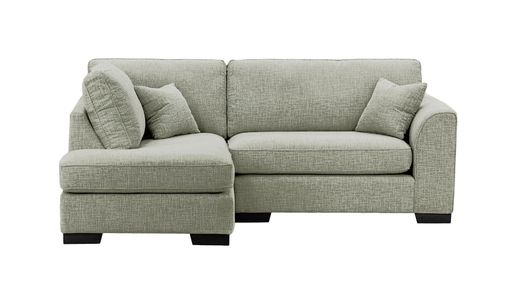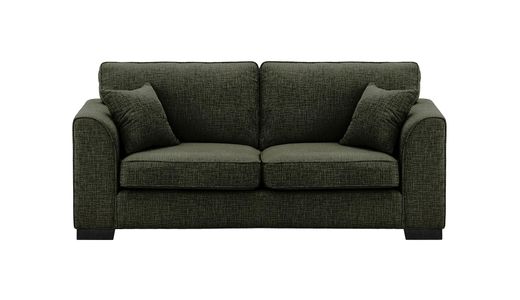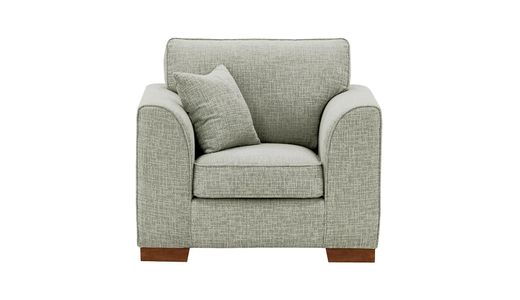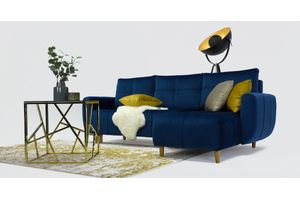
Types of padding in sofas and armchairs
When buying a sofa or armchair, one of the key aspects to pay attention to is the type of filling. It affects the comfort of use, the durability of the furniture and its appearance. Below are the most popular types of fillings used in sofas and armchairs and their characteristics.
Polyurethane foam
Polyurethane foam is one of the most commonly used materials in upholstered furniture. It comes in different densities and hardnesses, allowing it to be tailored to individual needs. Its main advantages are its good elasticity - polyurethane foam quickly returns to its original shape after deformation, ensuring long-lasting seating comfort, and its resistance to deformation - higher quality polyurethane foams are dent-resistant. Additionally, it is a relatively inexpensive material, making it a popular option for furniture manufacturing. Polyurethane foam comes in different varieties, such as high resilience (HR) foam and memory foam, each offering different levels of comfort and support. However, low quality foam can lead to rapid wear and tear, and high density can cause a hard feeling.
Memory foam
Memory Foam adapts to the shape of the user's body, offering high levels of comfort and support. Its benefits include a perfect fit to the body - the foam responds to heat and weight, allowing it to conform perfectly to the user's contours, and a reduction in pressure points, which is beneficial for those with back problems. Memory foam is particularly recommended for people who spend a lot of time sitting, as it distributes body weight evenly, reducing pressure on joints and muscles. However, the higher price and the tendency to heat up during prolonged sitting can be disadvantages. In addition, memory foam can have a specific odour at the beginning of use, but this usually disappears after some time.
High resilience foam
High resilient (HR) foam is an advanced type of polyurethane foam that is characterised by greater resilience and strength. Its main advantages are its excellent elasticity and resilience - HR foam quickly returns to its original shape for dynamic support and comfort, and its longevity and resistance to deformation. HR foam is often chosen by people who appreciate firm yet flexible support. However, it is more expensive than standard polyurethane foam and can feel firmer. Due to its properties, HR foam is often used in high-end furniture and in products that require durability and longevity.

Latex
Latex is a natural material that is characterised by high elasticity and durability. Its benefits include high elasticity, durability and resistance to deformation, as well as anti-allergenic properties. Natural latex is derived from the sap of the rubber tree, which makes it more eco-friendly and environmentally friendly. However, latex is expensive and can be heavier than other materials. It comes in natural and synthetic versions, with natural latex being more highly regarded for its hypoallergenic and eco-friendly properties. Latex-filled furniture is often the choice of those looking for durable, flexible and health-friendly solutions.
Polyester fibres
Polyester fibres are often used in addition to other materials to increase softness and comfort. Their advantages include low price, softness and comfort, and resistance to mould and moisture. Polyester fibres are lightweight and easy to care for, making them a popular choice in furniture making. The disadvantages are rapid wear and a tendency to bunch up, leading to loss of shape. To extend the life of polyester fibres, they are often used in combination with other materials to provide additional support and durability. Furniture with polyester fibre filling is ideal for those looking for economical and practical solutions.
Feathers
Feathers are used in luxury furniture, offering outstanding comfort. They are exceptionally soft, provide longevity with proper care and natural breathability. Feathers are breathable, offering year-round comfort. Disadvantages are the high price, the need for regular ‘topping’ of the cushions and the possibility of causing allergies. Furniture filled with feathers and down is often chosen by those who value luxury and natural materials. Regular ‘scooping’ of feather filled cushions is necessary to maintain their shape and comfort, which may require additional work and attention.
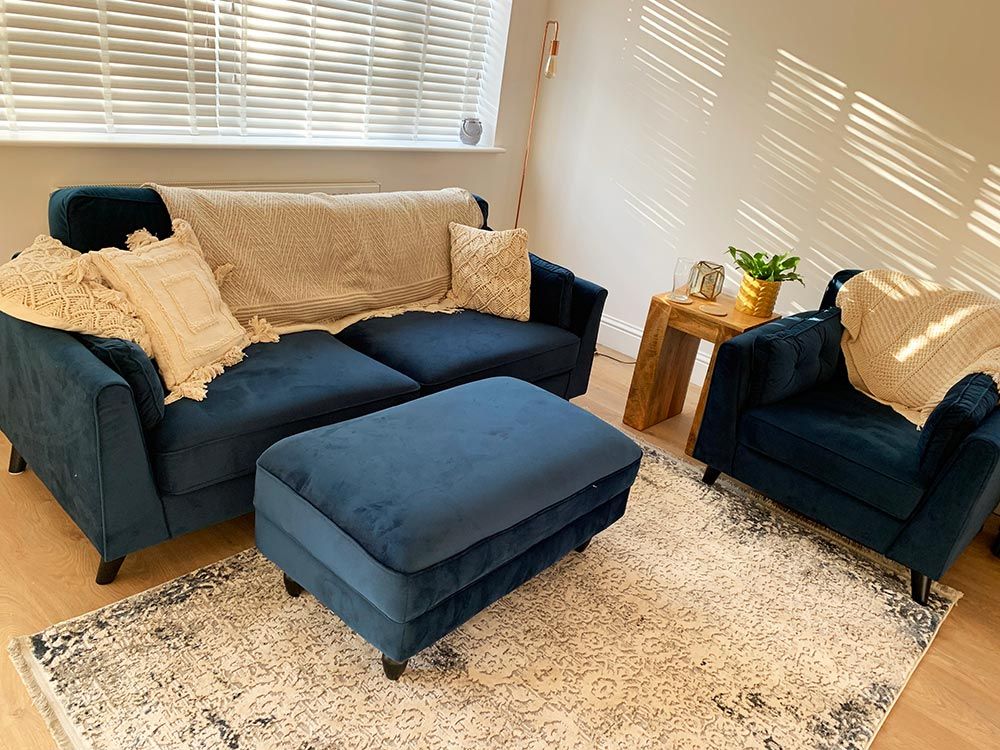
Silicone wadding
Silicone wadding is a synthetic material that is soft and fluffy, often used in cushions. Its advantages include softness and comfort, anti-allergenic properties and resistance to crumbling. The disadvantages are that it can lose volume over time and is less durable than other fillings. Silicone wadding is lightweight and easy to care for, making it a popular choice for filling cushions and lightweight upholstered furniture. Furniture with silicone wadding infill is ideal for those looking for a cost-effective, soft and comfortable solution, although it may need to be replaced or refilled more often to maintain a suitable level of comfort
Avos Right Hand Corner Sofa
If you're looking for a piece of living room furniture that provides comfort and looks beautiful, you've come to the right place. The Avos right-hand corner sofa, available in our shop, is a piece of furniture that allows you to feel maximum comfort and perfectly complements any arrangement. Its rounded shape is conducive to relaxation, while the materials used give the furniture softness and flexibility. The loose back cushions have been filled with silicone fibre, while the removable seat cushions have flexible high resilience foam (HR) inside. Both materials filling the corner sofa are resistant to deformation, so it will retain its original shape even after prolonged use.
Choosing the right filling for a sofa or armchair depends on a number of factors, such as comfort preferences, budget, allergies and the expected durability of the furniture. Polyurethane foam and memory foam offer modern solutions with varying degrees of firmness, while natural materials such as feathers and feathers provide luxurious comfort at the expense of a higher price and the need for regular care. Polyester fibres and silicone wadding are economical options that offer softness but can lose their properties more quickly. High resilient (HR) foam is an advanced material that combines durability and comfort, making it an ideal choice for those looking for high quality furniture. It's worth trying out different types of filling and considering which best suits your needs and lifestyle before you decide to buy.
